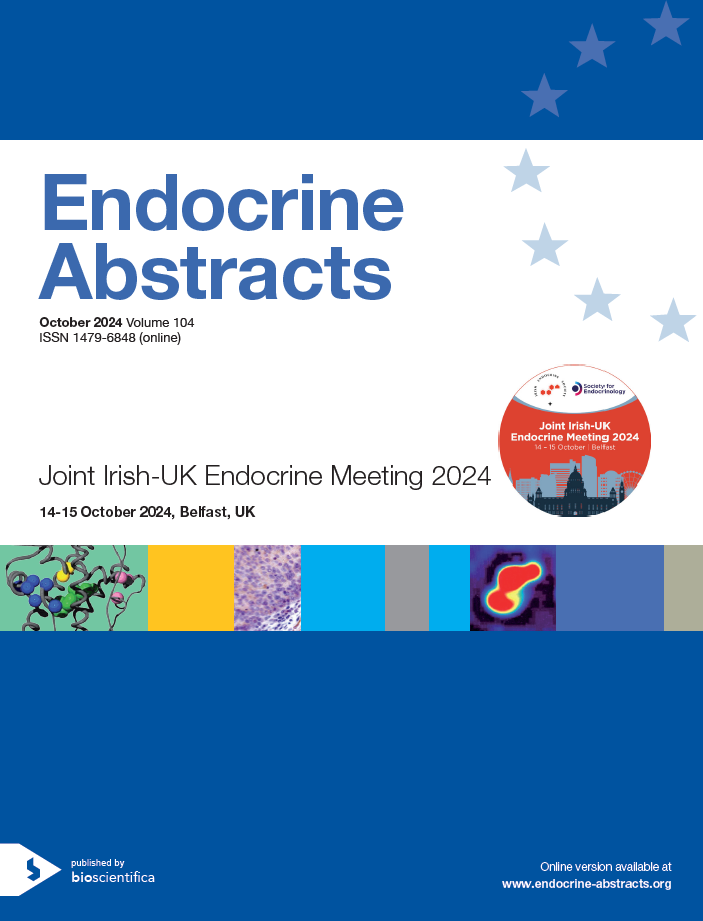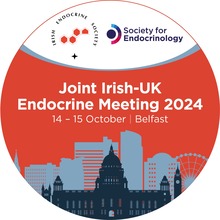Searchable abstracts of presentations at key conferences in endocrinology

Joint Irish-UK Endocrine Meeting 2024
Belfast,
Northern Ireland
14 Oct 2024 - 15 Oct 2024

How Do I. . .? Sessions
How do I. . .? 2 (Endocrinology)
ea0104HDI2.1 | How do I. . .? 2 (Endocrinology) | SFEIES24
How do i use copeptin and hypertonic saline in AVP disorders
Polyuria polydipsia syndrome is a disorder characterized by excretion of large amounts of hypotonic urine. Three entities have to be differentiated: AVP-deficiency (central diabetes insipidus) resulting from a deficiency of the hormone arginine vasopressin (AVP) in the pituitary gland or the hypothalamus, AVP-resistance (nephrogenic diabetes insipidus) resulting from resistance to AVP in the kidneys and finally primary polydipsia, which involves excessive intake of large amoun...
ea0104HDI2.2 | How do I. . .? 2 (Endocrinology) | SFEIES24
How do i treat psychiatric complications of cushing’s syndrome?
Psychiatric manifestations are amongst the most distressing complications in Cushings syndrome (CS) and are associated with the severity of the cortisol excess. Depression and anxiety disorders are the most common, whereas mania and psychotic disorders are less frequently reported. Although depression and anxiety disorders improve after successful treatment of the CS, longitudinal studies have shown that they do not fully resolve. Further psychiatric symptoms described i...
ea0104HDI2.6 | How do I. . .? 2 (Endocrinology) | SFEIES24
How do I select and prepare a patient for parathyroid surgery?
Primary hyperparathyroidism (PHPT) is the most common cause of hypercalcemia. It is frequently identified in women, usually in their postmenopausal years, with a female/male ratio of, on average, 3:1. The prevalence of PHPT is known to vary by country and race. It is currently recognised that PHPT includes three clinical phenotypes: hypercalcaemia with overt target organ involvement, mild asymptomatic hypercalcemia with or without target organ involvement, and normocalcaemic h...



